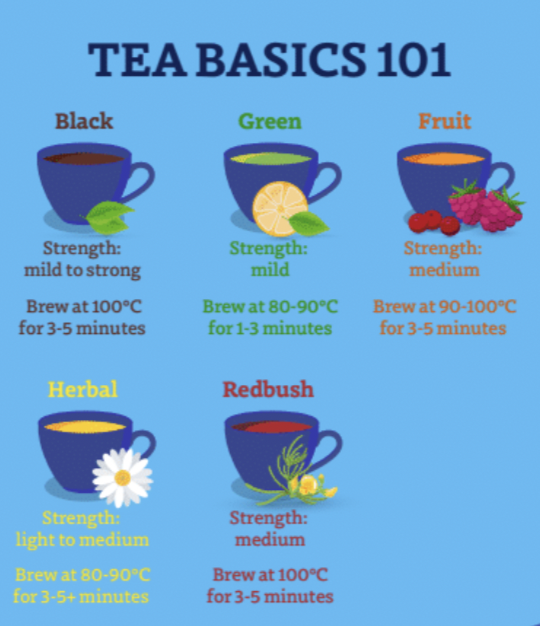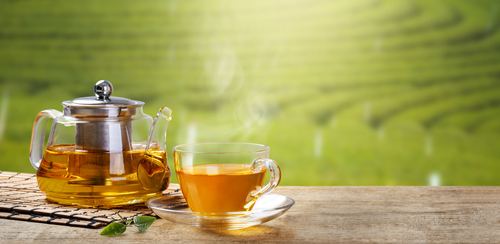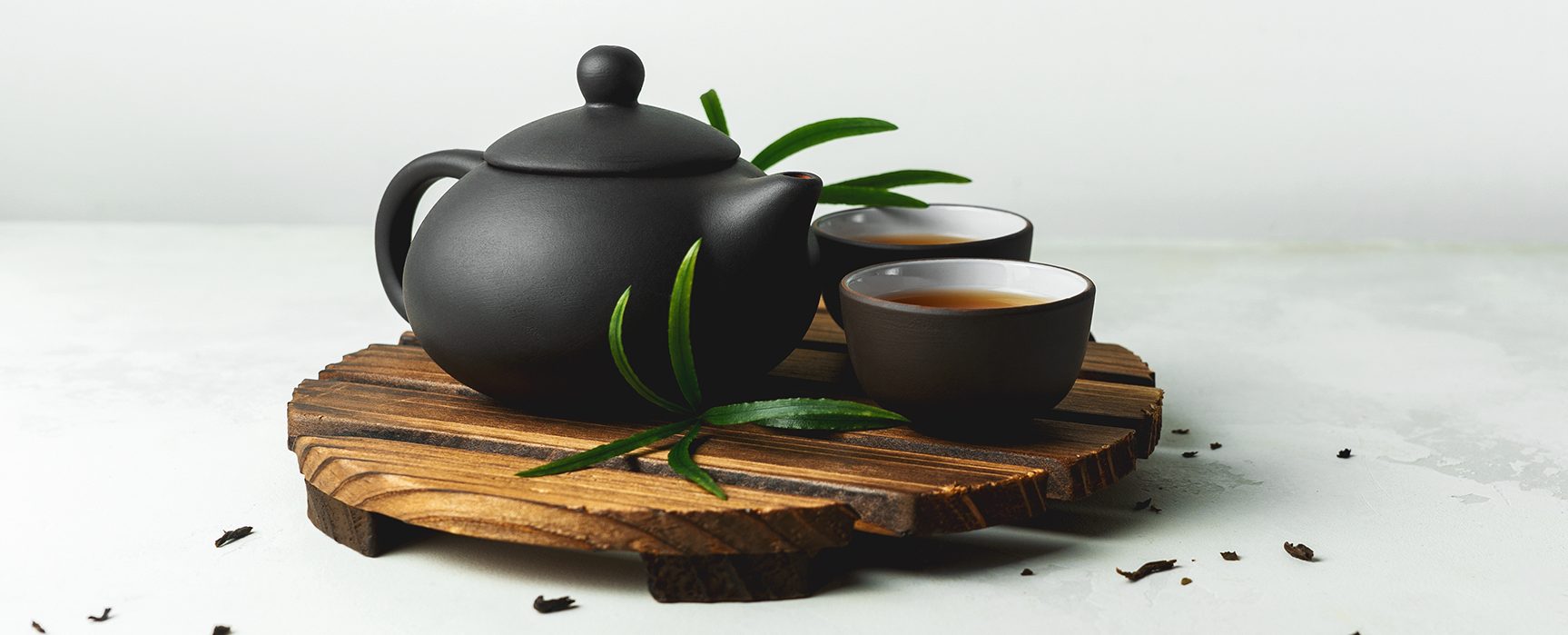It’s not just booze-free wine that Brits are enjoying this January, it seems the nation is taking being ‘tea-total’ to its core, as the love of the iconic cuppa hits new heights.
The UK already drinks a whopping 100 million cups of tea every day[1], and new data from Tetley, shows that this aromatic, tasty beverage is fast becoming the tipple of choice during Dry January too.
Tetley has seen a growing spike in retail sales in the month of January for the several years, with January 2022 (vs December 2021) seeing a rise of nearly 16 per cent. This growth is driven by all the various types of teas that Tetley offer, which shows that consumers are looking to try different types of teas and expand their repertoire.
With the third Saturday of the year (21st January aka Damp January[2]) cited as the day most likely to see the UK’s commitment to Dry January drop-off, Tetley has launched a tea-riffic booze-free brew tasting guide intended to help the nation be tea-total and taste their cuppas like a pro.
Developed by Tetley’s Master Tea Blender Philippa Thacker, the guide seems to mirror that of a professional wine tasting guide, but for a brew, and can be used by beginners through to tea-tasting gurus who want to channel their inner tea-sommelier at home.

How to drink tea like a pro, according to Master Tea Blender Philippa Thacker:
HOW TO CHOOSE TEA
“Don’t be scared by all the different varieties of teas – it’s a great time for you to be adventurous. Start by deciding whether you would like a caffeinated drink or not, and what time of day you’re making a brew, as that will help to know what variety to choose, such as black, green, flavoured or herbal.
“Like wine, you can find a tea that’s fruity and robust or if you’re more of a tropical cocktail type of person, there are also a lot of herbal teas that equally make you feel like you’re on an exotic island when mixed with a handful of other ingredients to make a mocktail – head over to Tetley.com for inspiration.”
HOW TO BREW
“Always start with water fresh from the tap as this will ensure it contains a good amount of oxygen which helps bring out the brightness and flavour in the tea. If you live in a hard water area, then use a water filter to make the tea taste livelier.
“If brewing black tea, it’s important to pour the boiling water on the tea immediately after the water has boiled to infuse it properly, however, if you’re making green tea, it’s best to use water off the boil (about 80-90 degrees). Boiling water draws out the tannins from the tea which can give a bitter taste.
“A top tip if you’re using a teapot is to make sure to warm the pot with hot water before adding the tea. This stops the water from cooling too much as it goes in the pot, and will keep your tea warm for longer.”

HOW TO SERVE
“The perfect mug to drink your tea in is your favourite mug! The taste of food and drink is massively influenced by all your senses as well as your memories, so tea in your favourite mug will always taste best.
“Having said that, to infuse the most flavour from black tea, you need the water to be boiling. So, if you brew tea in a thick mug or cup, the temperature of the water will drop quicker than in a thinner porcelain cup and your tea won’t brew as well.
“I personally prefer a thinner-lipped cup as it seems to improve the perception of taste, but I’ve never found a scientific reason why – answers on a postcard please!
“Alternatively, if you’re looking to replicate your favourite boozy drink, but with tea, why don’t you try and replicate it, and serve it in the same glass as you would for your drink of choice? Just make sure the glass you use either has a handle, or a double-walled structure so you don’t burn your hands! Or, brew it and pour over ice for a healthy cold drink.“
HOW TO TASTE
“In a similar way to wine, or any cocktail, there are different ways to taste tea, and different terminology that goes with it. Tetley Tea Master Blenders do this on a regular basis and have shared their tips on how to taste and talk about tea.
“We use a large spoon and loudly slurp the liquid, to ensure both the tea and oxygen passes over the taste receptors of the tongue, for an even taste profile. We then spit the liquid into a spittoon – very similar to how you would taste wine actually!”
An Organic Easter with Coombe Farm





